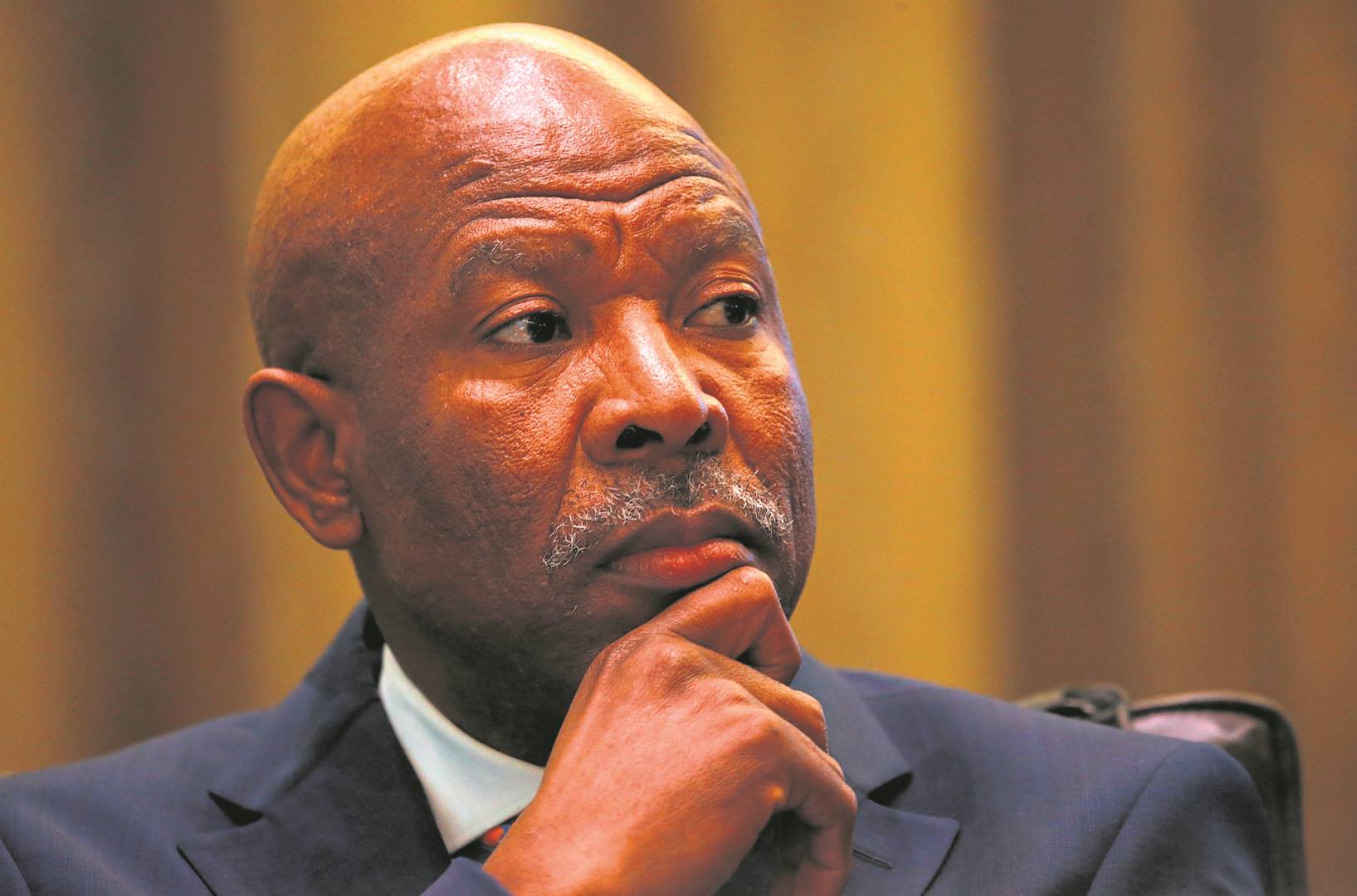SA Reserve Bank governor Lesetja Kganyago. Photo: Netwerk24
African central banks due to decide on interest rates in the next three weeks are set to keep monetary policy tighter for longer to temper stubborn inflation.
After acting aggressively for more than a year, officials in Nigeria and South Africa may increase borrowing costs, while those in Kenya and Mozambique are likely to stand pat. Ghana was viewed as a toss up between hike and hold.
The monetary policy committees’ deliberations will probably center around the impact higher oil prices, weather affects and the greenback’s recent weakness, will have on inflation. The US currency fell after signs of cooling inflation bolstered bets that the Federal Reserve will soon halt its own muscular tightening campaign.
A weaker dollar could ease pressure on African currencies, making import bills and some international debt repayments less costly.
South African policymakers, nearing the end of their steepest phase of monetary tightening since 2006, will probably raise the benchmark for an 11th successive meeting to anchor inflation expectations close to the 4.5% midpoint of the target range.
Inflation expectations rose in the second quarter and were above the South African Reserve Bank’s average price growth forecasts of 6.2% for this year, 5.1% for next and 4.5% in 2025.
A rate hike may not be strictly necessary because of a stronger rand, easing inflation and a significant deceleration in administered prices since the central bank last met in May. But various factors could persuade Governor Lesetja Kganyago and his colleagues to deliver a final 25 basis-point increase, Barclays Bank Eeconomist Michael Kafe said in a note.
They include higher inflation expectations and rising oil prices. Another influence is the historically tight spread between South Africa’s repo rate and the US Fed Funds rate, at a time when the country’s current account is in a deficit, he said.
Of 27 economists surveyed by Bloomberg, a clear majority predict a quarter-point increase, with the rest expecting no change. Market pricing shows traders are betting on a 44% chance of such a hike.




















Discussion about this post